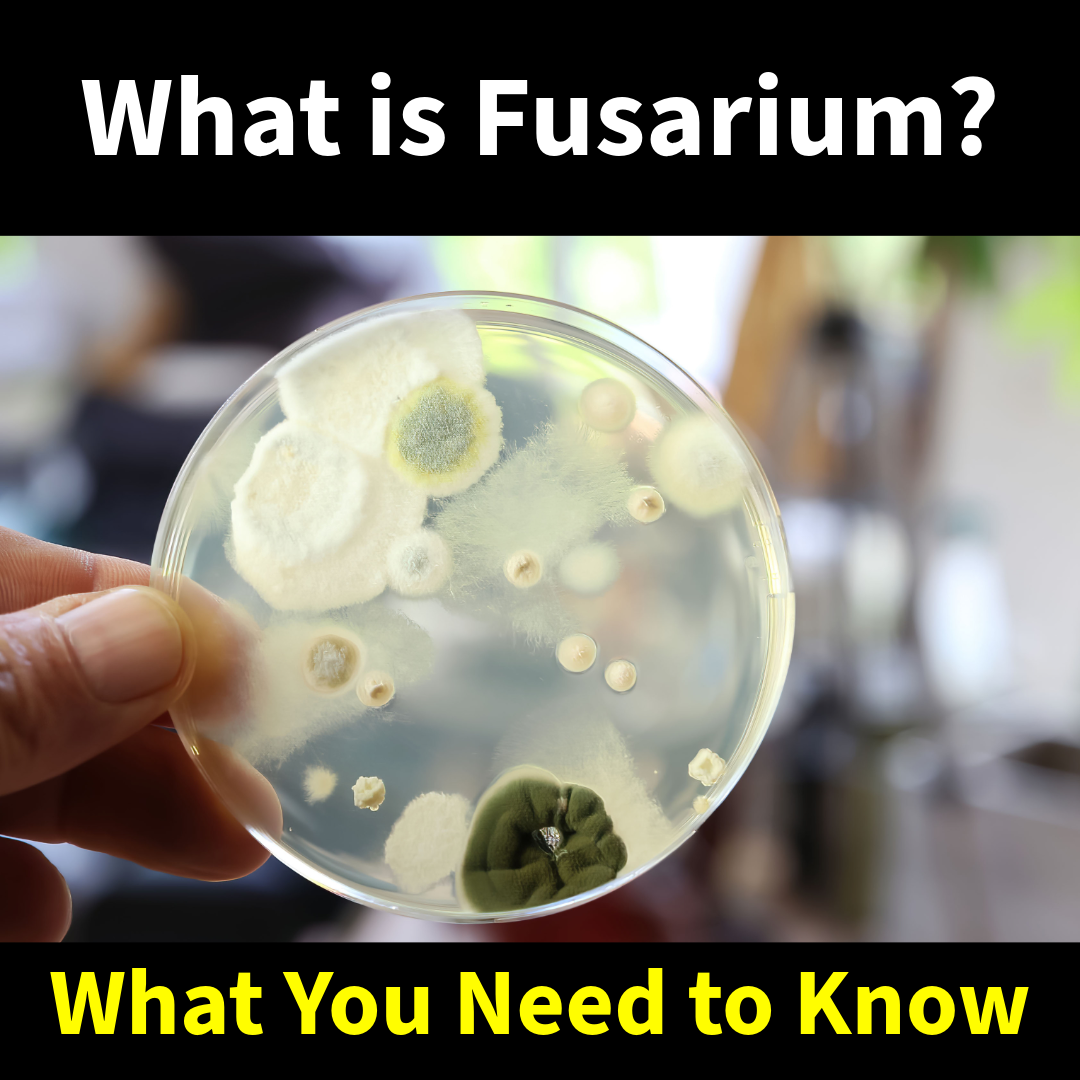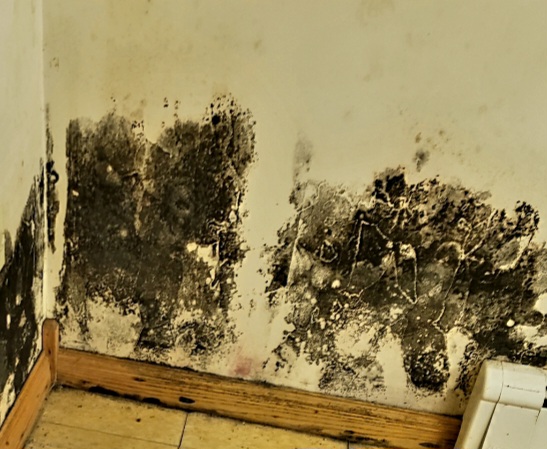Fusarium species are ubiquitous and may be found in the soil, air and on plants. Fusarium species can cause mycotoxicosis in humans following ingestion of food that has been colonized by the fungal organism. In humans, Fusarium species can also cause disease that is localized, focally invasive or disseminated. The pathogen generally affects immunocompromised individuals with infection of immunocompetent persons being rarely reported. Localized infection includes septic arthritis, endophthalmitis, osteomyelitis, cystitis and brain abscess. In these situations relatively good response may be expected following appropriate surgery and oral antifungal therapy. Disseminated infection occurs when two or more noncontiguous sites are involved. Over eighty cases have been reported, many of which had a hematologic malignancy including neutropenia. The species most commonly involved include Fusarium solani, Fusarium oxysporum, and Fusarium moniliforme (also termed F. verticillioides). The diagnosis of Fusarium infection may be made on histopathology, gram stain, mycology, blood culture, or serology. Portals of entry of disseminated infection include the respiratory tract, the gastrointestinal tract, and cutaneous sites.
The skin can be an important and an early clue to diagnosis since cutaneous lesions may be observed at an early stage of the disease and in about seventy-five cases of disseminated Fusarium infection. Typical skin lesions may be painful red or violaceous nodules, the center of which often becomes ulcerated and covered by a black eschar. The multiple necrotizing lesions are often observed on the trunk and the extremities. Onychomycosis most commonly due to F. oxysporum or F. solani has been reported. The onychomycosis may be of several types: distal and lateral subungual (DLSO), white superficial (WSO), and proximal subungual (PSO). In proximal subungual onychomycosis there may be associated leukonychia and/or periungual inflammation. Patients with Fusarium onychomycosis have been cured following therapy with itraconazole, terbinafine, ciclopirox olamine lacquer, or topical antifungal agent. In other instances nail avulsion plus antifungal therapy has been successful. In patients with hematologic malignancy or bone marrow transplant, who may experience prolonged or severe neutropenia during the course of therapy, the skin and nails should be carefully examined and consideration given to treating potential infection sites that may serve as portals for systemic dissemination. When disseminated Fusarium infection is present therapy with antifungal agents has generally been disappointing with the chances of a successful resolution being enhanced if the neutropenia can be corrected in a timely manner.

